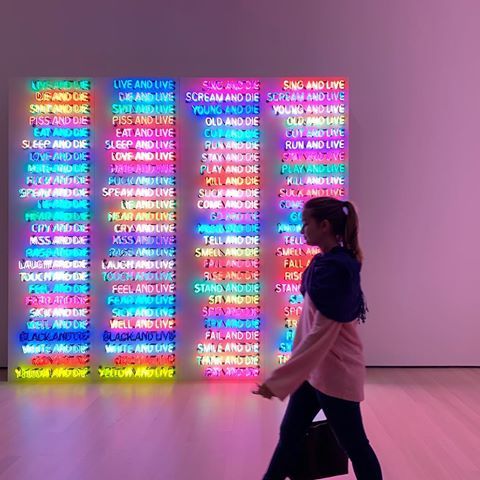

Rows can be empty, or can only be partially filled (with just an effect, for example). This is what comprises of a channel's row. The dash can be a #, which signifies a sharp note e.g. +- Note and octave (A C note in the 5th octave. | | and instead display three dots in its place)

| | +- Volume value, this is irrelevant in. | | | +- Effect column (Volume changes, arpeggios, panning, etc.) Here is a quick rundown of how a tracker works: C-5 01 v64. Test your song in-game often to keep track of any audible in-game differences. mod files to the assets/music folder of your project. Changing the samples in your tracker will not affect how they sound in-game.
Use the instrument list shown later in this document to pick the sounds you want. mod file every time you want to test your song in-game. mod file in MilkyTracker will corrupt it. MilkyTracker users should save this file as an. You must edit this file to get an accurate representation of the instruments you can use. Create a blank GB Studio project, find the file assets/music/template.mod and open it with your tracker of choice. Lastly, the GB Studio Discord also has a dedicated #music-help channel and a #tutorials channel in case you get stuck. It is recomended you read through your tracker's documentation to learn about your tracker: mod files can write files that are compatible with GBT Player. mod files, you can use software such as OpenMPT (for Windows or Linux using Wine), MilkyTracker (for Windows, Mac and Linux), ProTracker, and BassoonTracker (browser-based) to name a few. You can also browse the GB Studio Community Assets to find free, GBT-compatible music under the MIT licence. More information can be found under Frequently Asked Questions. midi files to OpenMPT for playback in GBT Player. mod file that GBT Player reads should be composed/arranged to be used with GBT Player.Īs an alternative to composing, there is a way to import. mod format was originally designed for, so every. mod files differently than the Amiga computers that the. mod files and converts them to instructions for the Gameboy. GB Studio uses GBT Player which is a driver that takes. mod files in your project's assets/music folder. Asian MOD music - Containing Asian (Taiwan, Japan, Korea) XM files.Music can be played in your game using the Music: Play event in your Actor, Trigger, or Scene scripts.Īdd music to your game by including. There are no plans to add modern tracker features that would break compatibility with FastTracker. MilkyTracker is and will stay a 2nd generation tracker. MilkyTracker development started a decade later for the Pocket PC and it still fully operates on rather humble PDAs. Its core MilkyPlay has been in development since the mid-90s, originally as a Digitrakker. MilkyTracker is not based on any existing module replay engine. MilkyTracker can also run on the XBOX and GP2x. Windows Mobile: MilkyTracker can be run on Windows Mobile smartphones, PDAs, Pocket PC and a VDO Dayton Car Navigation system running Windows CE 4.2. (Mac G3 compatible)Īmiga: A port has been made of MilkyTracker for AmigaOS 4. Unix-like: MilkyTracker is available on Ubuntu, Arch Linux, Debian, Maemo, Enlisy, FreeBSD, OpenBSD, NetBSD, Gentoo, SUSE and Mac OS X. Microsoft Windows: MilkyTracker will run on Windows 9x & Me, NT, Windows 200x, XP, Vista & Windows 7. The range of diverse operating systems and hardware platforms supported by MilkyTracker is unique in the realm of music software applications: MilkyTracker also supports basic (velocity sensitive) note input via MIDI. The envelope editor of the instrument editor rivals the envelope flexibility of many hardware and software synthesizers because it allows the creation of many envelope points and user definable envelope loop points. Like FastTracker, MilkyTracker contains a sample editor and an instrument editor. It is able to open 30+ legacy mod formats and is able to save in. A song is then created by arranging the patterns. A pattern is a series of tracks that are played back simultaneously. The instrument is then sequenced on a monophonic track that contains note, volume and effect data. 

An instrument is created by arranging one or more audio samples across a keyboard range. MOD composition or "tracking" is done through the control of multichannel sample playback.








 0 kommentar(er)
0 kommentar(er)
